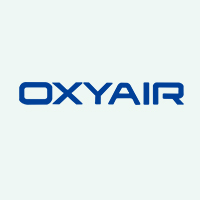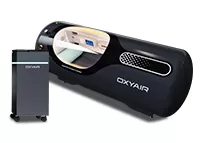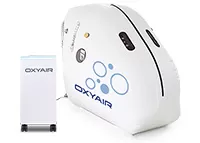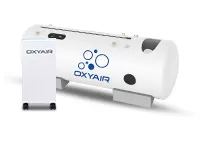Hyperbaric Chamber for Burns: Unveiling the Healing Potential
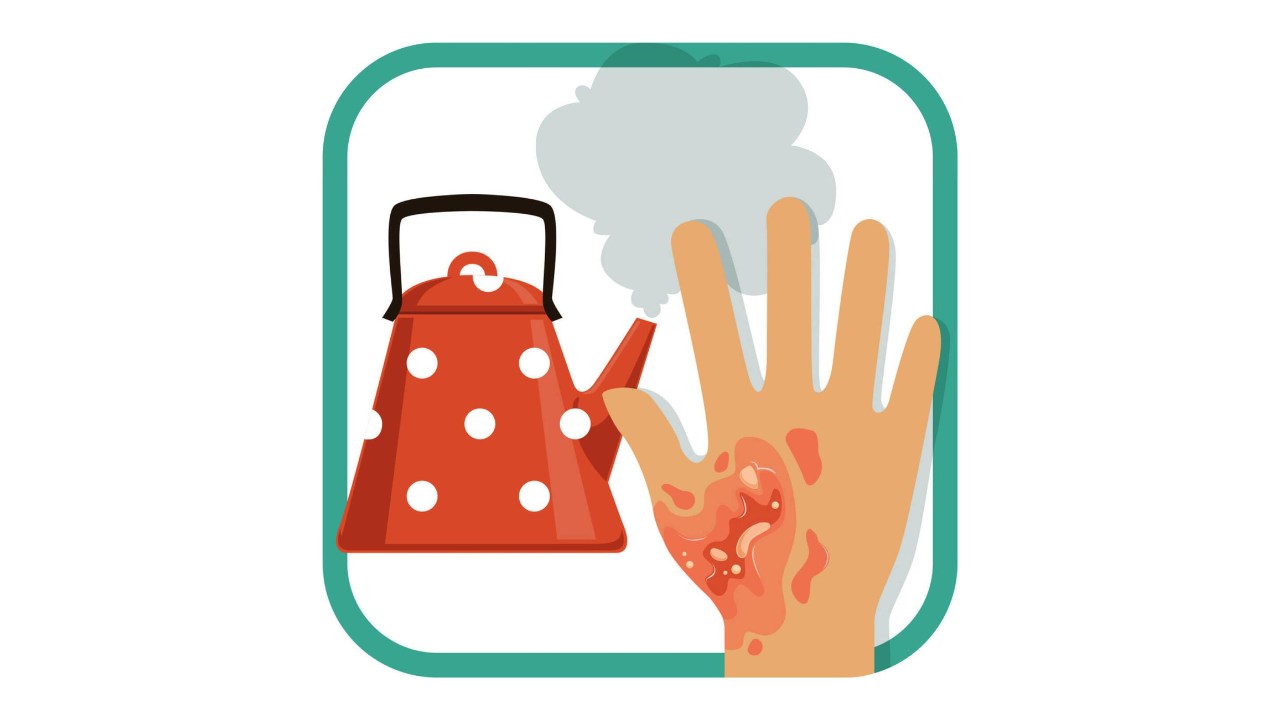
Key Takeaways
Hyperbaric Oxygen Therapy (HBOT) offers enhanced healing for burn patients.
Despite its potential, HBOT faces debates over its efficacy and cost.
Understanding the role and future of HBOT in burn care.
Understanding Hyperbaric Oxygen Therapy
Burns, a common yet complex injury, require innovative treatment approaches. One such method gaining attention is Hyperbaric Oxygen Therapy (HBOT). This section will explain the principles and mechanism of HBOT in the context of burn treatment.
The Benefits of HBOT for Burn Treatment
Enhanced Tissue Oxygenation
HBOT dramatically increases oxygen levels in the bloodstream, delivering vital oxygen to burn-damaged tissues, which is essential for the healing process.
Reduced Inflammation and Edema
By enhancing oxygen delivery, HBOT helps in reducing inflammation and swelling associated with burns, leading to less pain and quicker recovery.
Accelerated Wound Healing
Higher oxygen levels under HBOT conditions promote faster wound healing, reducing the risk of infection and improving overall recovery times.
Neovascularization and Tissue Regeneration
HBOT stimulates the formation of new blood vessels and tissue regeneration, crucial for repairing burn-damaged skin and tissues.
Reduced Scar Formation
With improved healing and regeneration, HBOT can help in minimizing scar formation, a significant concern in severe burn cases.
Controversies and Limitations of HBOT in Burn Care
Debate Over Efficacy
Despite promising results, there is ongoing debate among medical professionals regarding the efficacy of HBOT in burn treatment, with some questioning its widespread application.
Cost-Effectiveness Concerns
The high cost of HBOT sessions raises questions about its cost-effectiveness, especially in comparison to traditional burn treatment methods.
Lack of Standardized Protocols
Variability in treatment protocols and the absence of universally accepted guidelines for HBOT in burn care complicate its broader adoption in the medical community.
Limited Access and Availability
Access to HBOT facilities can be limited, especially in less urbanized areas, posing challenges for widespread implementation in burn care.
HBOT Procedure and Safety Considerations
The procedure of HBOT, particularly for burn patients, involves specific protocols to ensure safety and effectiveness. This section will outline the typical HBOT session, highlighting the safety measures and discussing potential risks. For more detailed information on hyperbaric chamber products, check out Olive OxyAir Hyperbaric Chamber.
Case Studies and Clinical Evidence
Historical Background of HBOT for Burns
Hyperbaric Oxygen Therapy's journey in burn care dates back to the 1960s. Initially observed for its efficacy in treating carbon monoxide poisoning, its application was extended to burn treatment, marking a significant milestone in medical history.
Mechanism of HBOT in Burn Care
HBOT's mechanism is multifaceted: it enhances oxygen delivery to damaged tissues, reduces inflammation, and accelerates wound healing. These processes are critical in managing burns, where timely and effective treatment can significantly impact recovery outcomes.
Clinical Trials and Observations
Numerous trials have underscored HBOT's potential in burn care. Key studies reveal improved healing rates, reduced infection risks, and enhanced recovery times. These findings provide a compelling case for incorporating HBOT into burn treatment protocols.
Indications and FDA Approvals
The U.S. Food and Drug Administration (FDA) recognizes HBOT for various conditions, including burns. This endorsement is based on rigorous evaluation and underscores HBOT's therapeutic value in burn management.
Side Effects and Contraindications
While HBOT is generally safe, side effects, though rare, can occur. These include barotrauma and, in very rare cases, central nervous system oxygen toxicity. Understanding these risks is vital for patient safety and informed decision-making in burn care.
The Future of HBOT in Burn Care
Technological Advancements
Ongoing technological innovations in HBOT equipment and techniques are expected to enhance its efficacy and accessibility for burn patients.
Increasing Research and Clinical Trials
More extensive research and clinical trials are anticipated, which could provide stronger evidence supporting HBOT's role in burn care.
Potential for Wider Acceptance and Use
With growing evidence and technological improvements, HBOT might see wider acceptance in the medical community, becoming a more standard treatment option for burns.
FAQs Section
What types of burns can benefit from HBOT?
HBOT is particularly beneficial for more severe burn injuries, such as second and third-degree burns, where enhanced oxygenation can significantly aid in healing.
How long does an HBOT session last for burn treatment?
Typically, HBOT sessions for burn treatment last between 60 to 120 minutes, depending on the severity and extent of the burns.
Can HBOT be used for all burn patients?
While HBOT is beneficial for many burn patients, its suitability depends on individual cases and should be determined by a medical professional.
What are the potential side effects of HBOT?
Side effects are generally rare but can include mild discomfort, ear pressure, sinus issues, and, very rarely, oxygen toxicity.
Conclusion
In conclusion, Hyperbaric Oxygen Therapy represents a significant advancement in burn care. By enhancing tissue oxygenation, reducing inflammation, and accelerating wound healing, HBOT offers hope for improved outcomes in burn treatment. While it is not without its controversies and limitations, ongoing research and technological advancements are paving the way for its broader acceptance and use. As we look to the future, HBOT holds the potential to become an integral part of modern burn care, offering new possibilities for recovery and healing.

